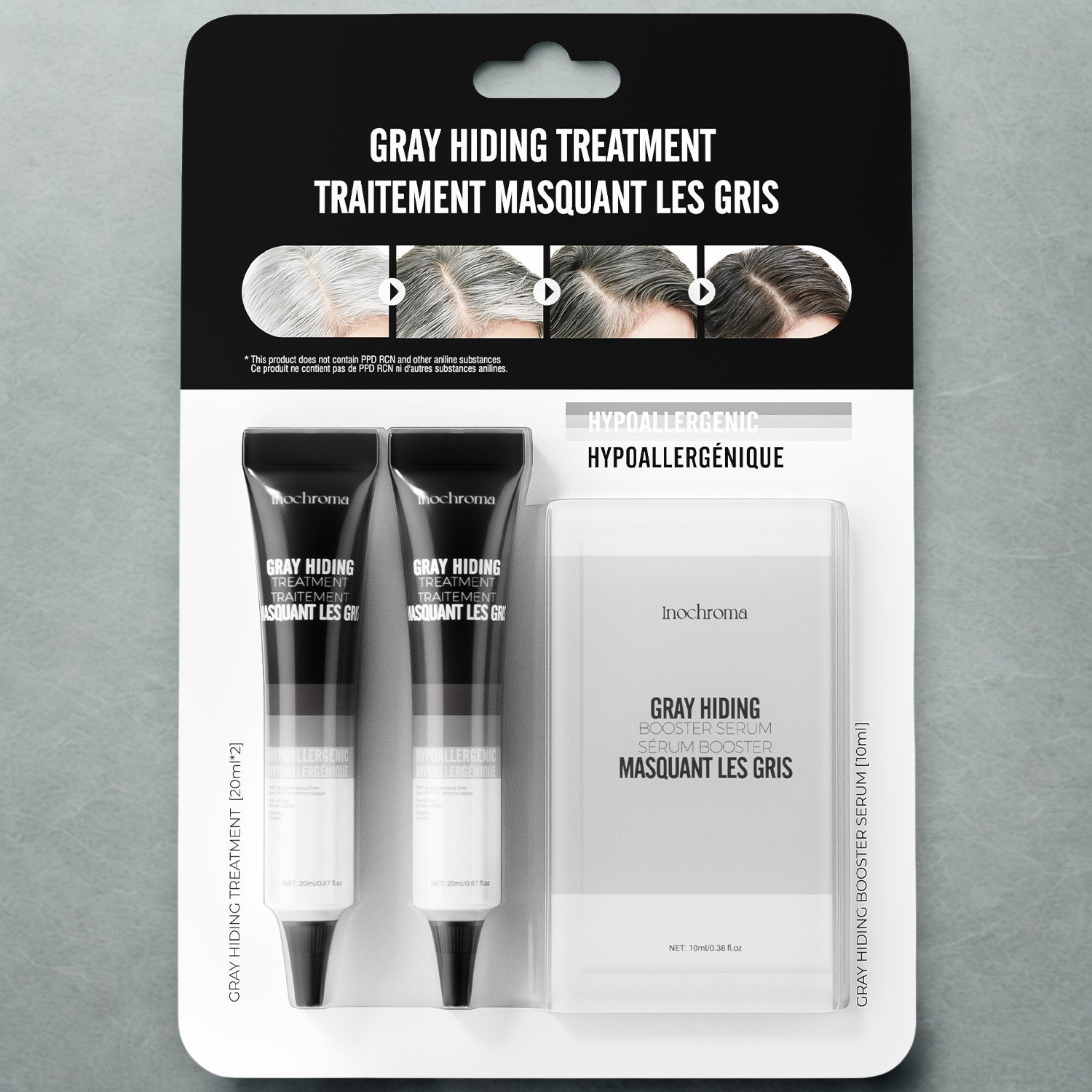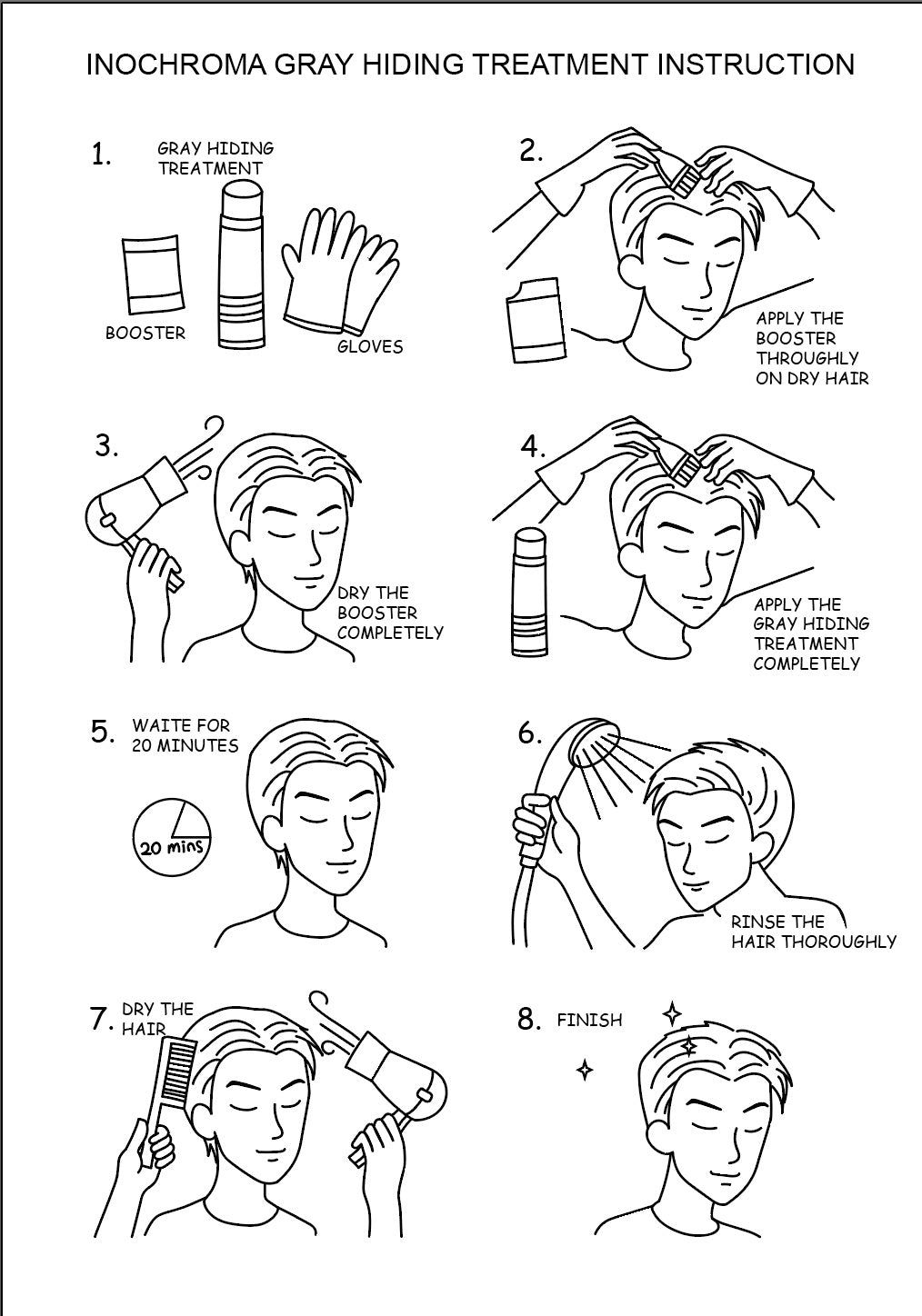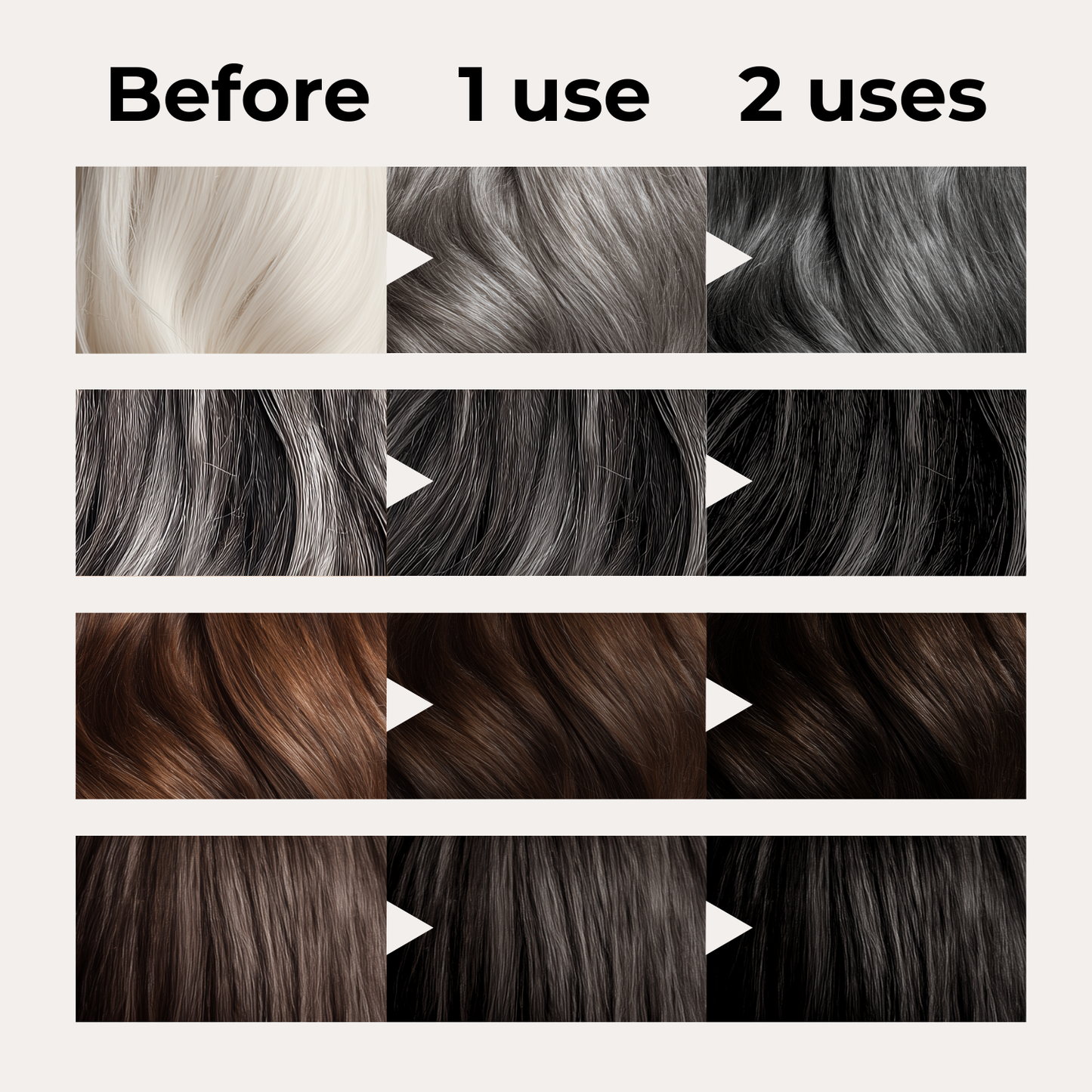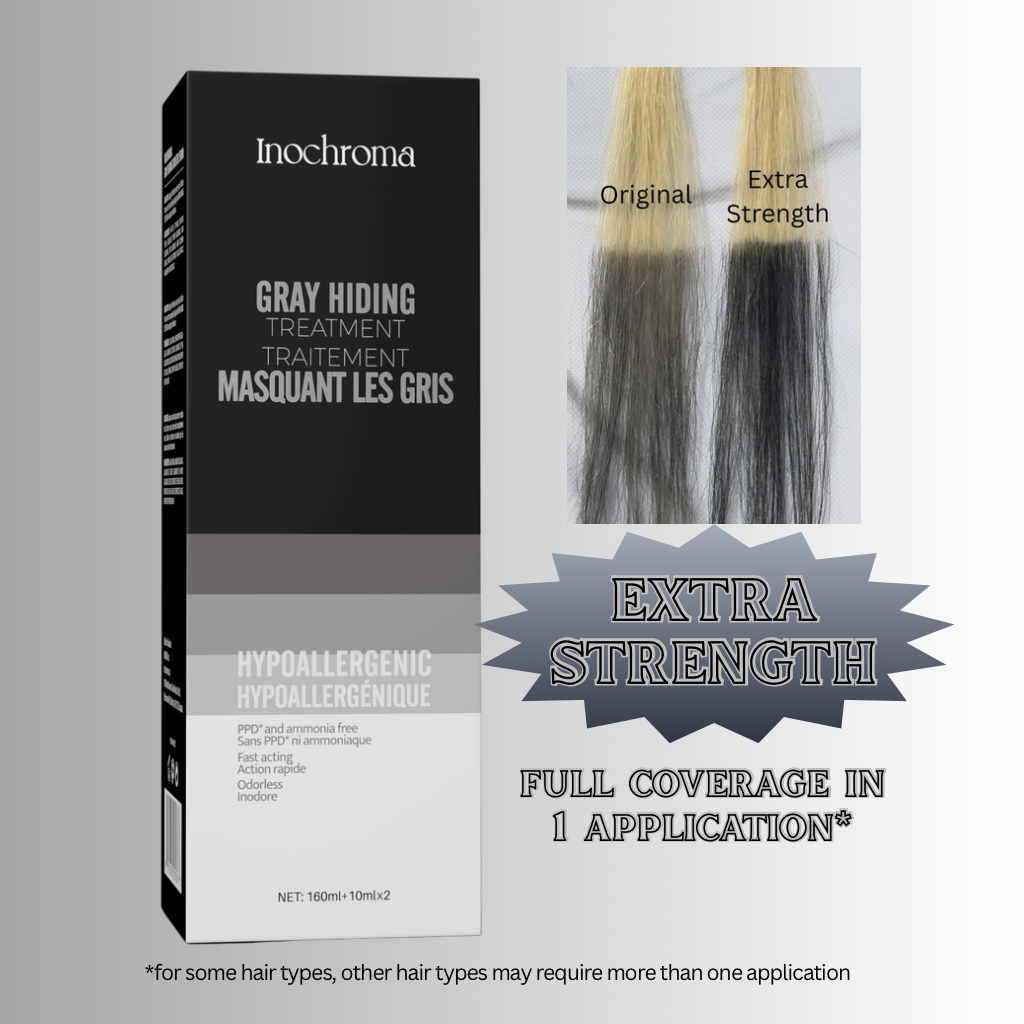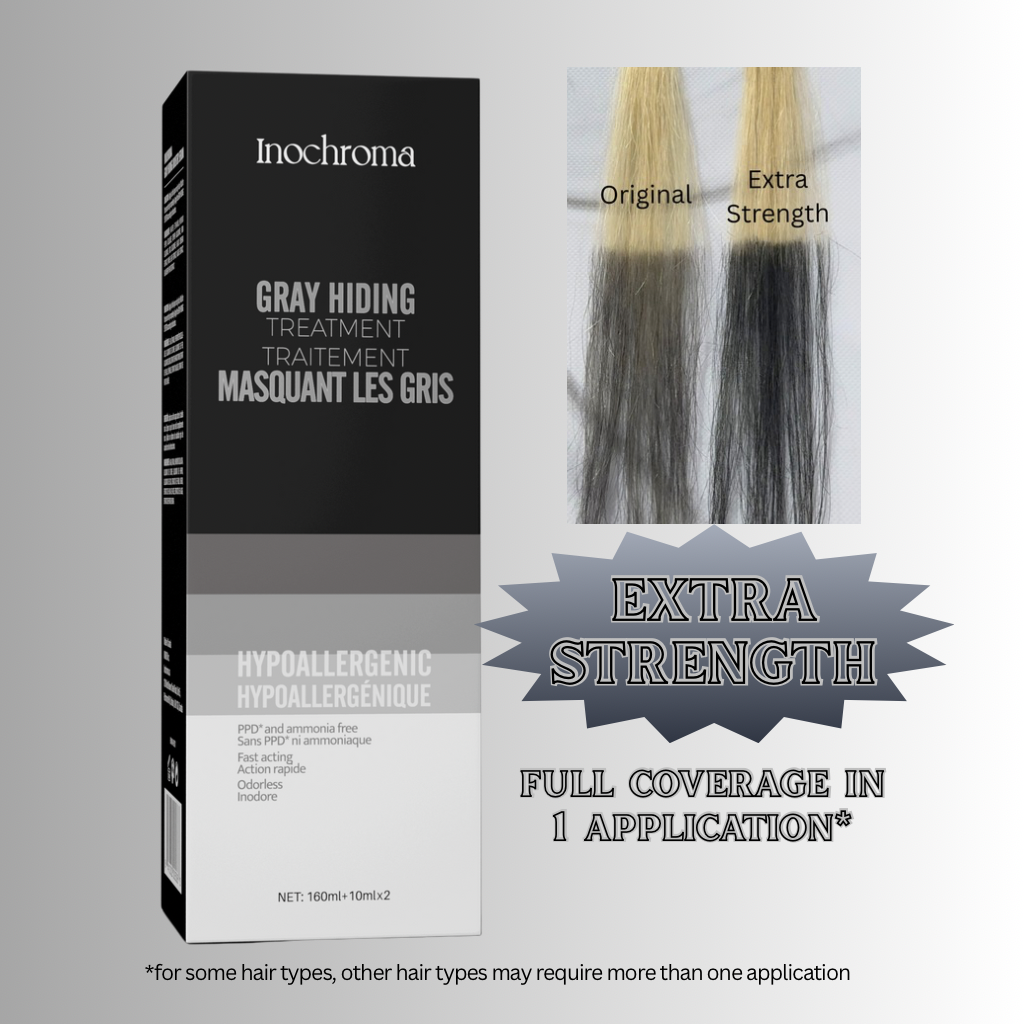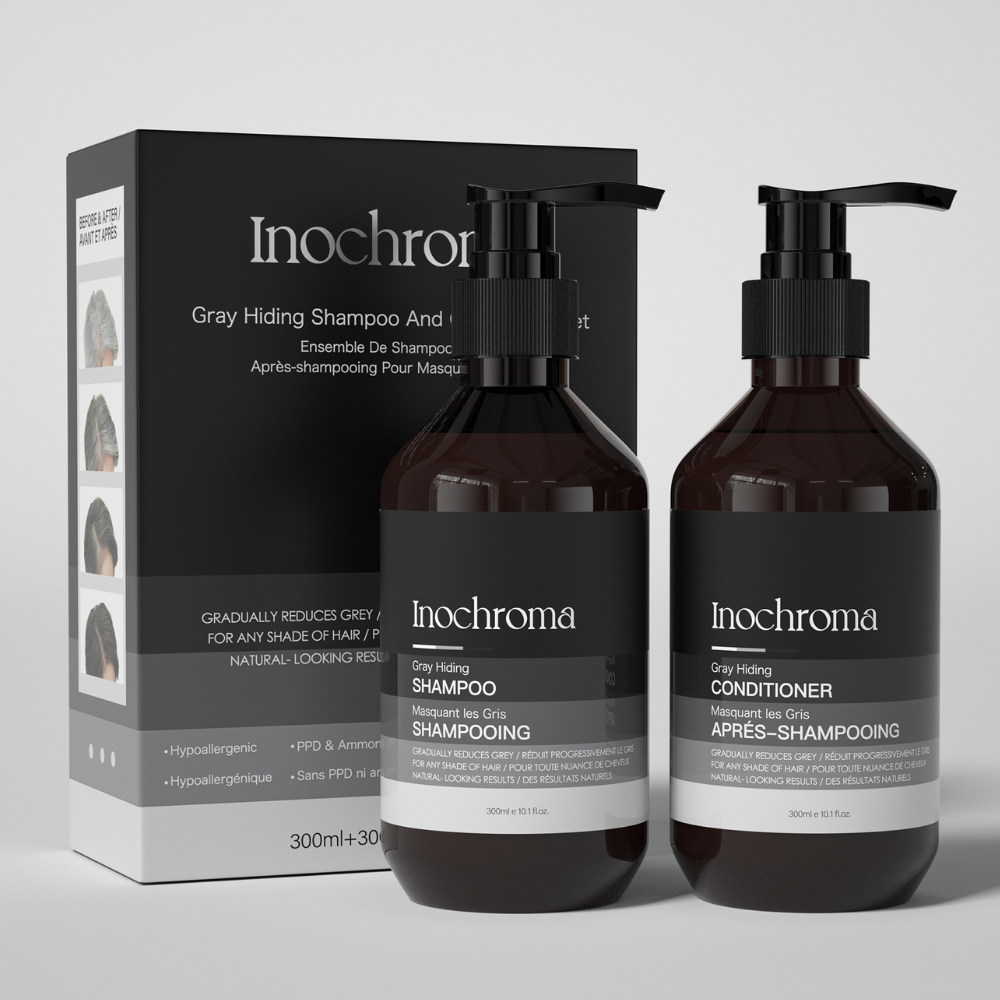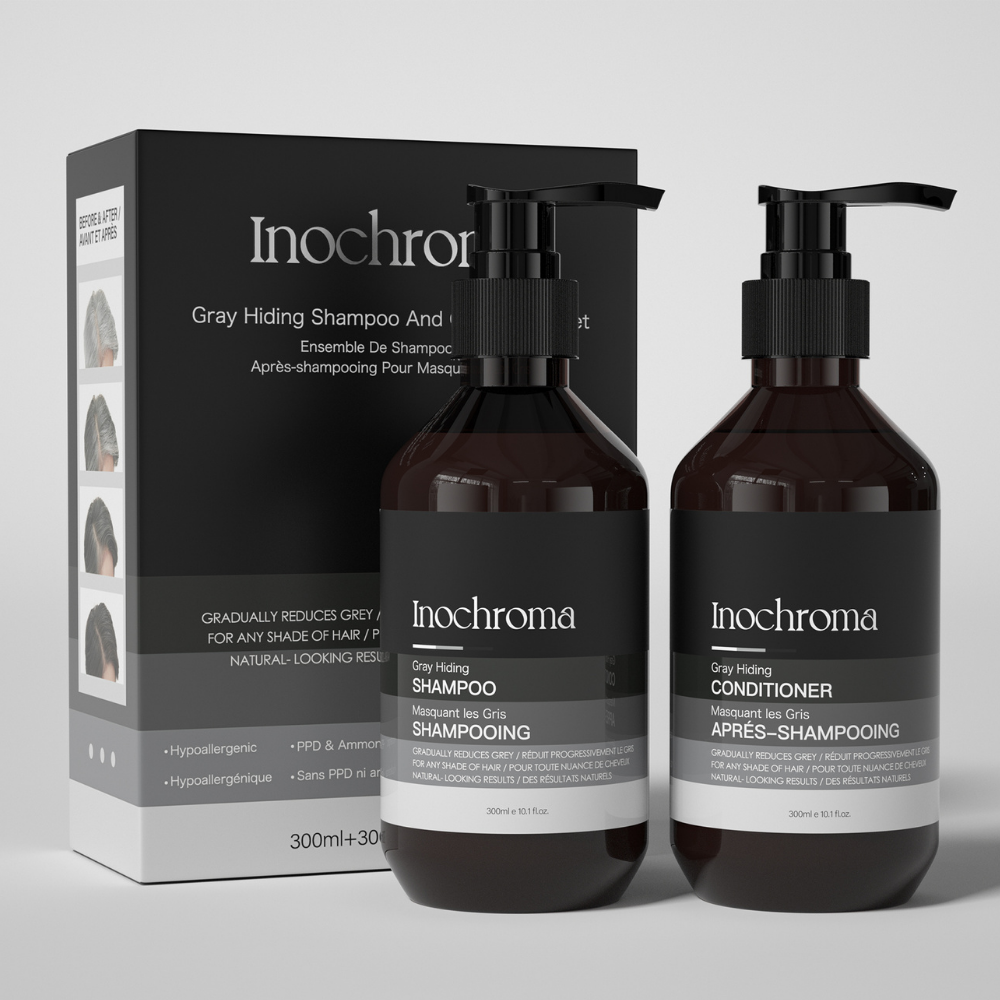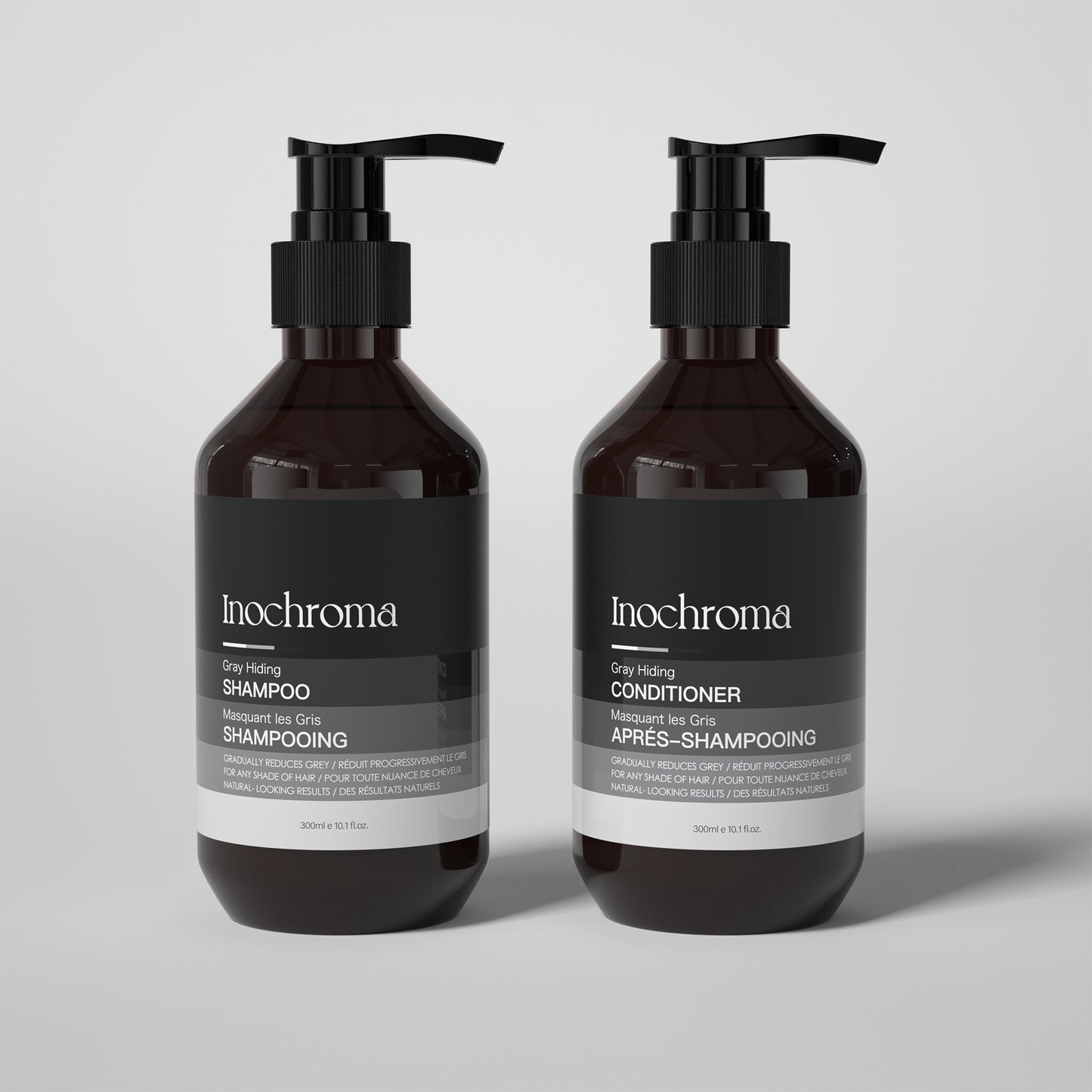How to Cover Gray Hair Naturally: Gentle, Ammonia-Free Ways to Blend and Refresh
Want your gray hair to look softer and more natural—without harsh smells or long salon sessions? This guide explains how to cover gray hair naturally using ammonia-free, PPD-free, and no-mix options that are friendly to a sensitive scalp. You’ll learn when to choose full coverage vs gray blending, how to pick the right depth, and the quickest way to do a root touch-up at home.
Coverage vs. Blending: What Looks Most Natural?
Full coverage aims for one even shade from roots to ends. It hides gray hair completely, but can look “flat” and usually involves stronger chemistry.
Gray blending tints only the visible grays so they merge with your base color. It keeps natural highs and lows, fades softly with washing, and typically uses deposit-only formulas—ideal if you prefer a gentle, ammonia-free routine.
- Choose blending if you want low-maintenance, believable results and no harsh demarcation lines.
- Choose coverage if you want a uniform shade or your grays are >70% and very resistant.
Gentle, Ammonia-Free Options for Natural Results
-
No-mix, deposit-only cream — Ready straight from the bottle. Great for root touch-up and targeted gray blending. Often PPD-free, ammonia-free, and low-odor.
Try: Inochroma Gray Hiding Treatment (PPD-free, ammonia-free, no-mix). - Semi-permanent (PPD-free) tint — Enhances tone and shine, then fades in 2–4 washes. Good for first-timers or hair dye for sensitive scalp needs.
- Color-depositing shampoo/conditioner — Gradually reduces contrast on bright grays between touch-ups.
- Gloss/clear glaze — Adds slip and shine so grays reflect light more evenly; pair with blending for the most natural finish.
How to Pick a Shade for Natural-Looking Gray Hair
- Match depth first, then choose tone (neutral/warm/cool). If unsure, start slightly lighter and build gradually.
- Dark bases: consider natural black / dark brown (no-mix) to soften silver at the hairline without over-darkening surrounding hair.
- Medium–light bases: stick close to your natural depth; a neutral-warm tint often blends silver more believably.
A 10-Minute Natural Gray-Blending Routine
- Patch-test 24 hours before coloring—especially if you’ve reacted to dyes in the past.
- Work on dry, detangled hair. Target the parting, temples, and hairline where gray hair is most visible.
- Apply thin, even layers of your no-mix product; comb through only the gray clusters.
- Time 5–10 minutes for the first pass, then rinse and check in daylight. For resistant grays, do a second short pass (3–5 minutes).
- Finish with a light, fragrance-free leave-in. Most people refresh every 2–4 washes.
Sensitive Scalp? What to Look For
- PPD-free and ammonia-free on the label; avoid strong fragrance if you’re reactive.
- Seek hypoallergenic, low-odor hair dye claims and keep exposure time short.
- Choose targeted root touch-up and deposit-only hair color over full-head processing.
FAQ: Natural Gray Coverage, Answered
Will ammonia-free products really cover gray hair?
Deposit-only formulas are designed to blend grays for a soft, natural look. If you need 100% uniform coverage, consult a colorist about permanent options—then maintain comfort with careful patch-testing.
How long will natural gray blending last?
Typically 2–4 washes. Because color fades gradually, you avoid harsh lines. Re-apply whenever new grays show.
What about transfer on pillows or collars?
Let hair dry fully; most no-mix creams resist transfer once dry. A quick cool-air blast helps set the finish.
Start Here
For a fast, gentle routine, try Inochroma Gray Hiding Treatment—a PPD-free, ammonia-free, no-mix approach to gray hair that keeps natural dimension. Need more ideas? Explore our gray-care collection and read the sensitive-scalp guide.


